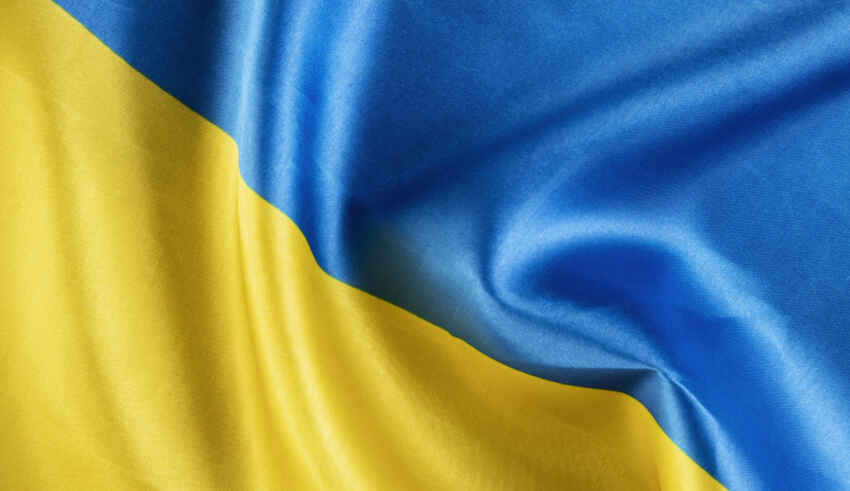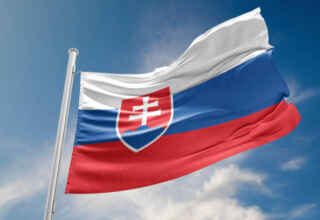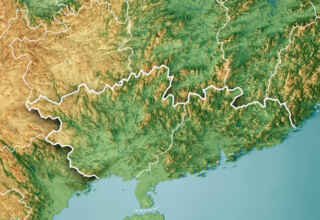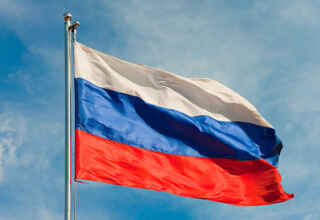
After months of political deliberation, the European Union officially initiated a protracted process on Tuesday to fulfil its commitment to allocate funds derived from frozen Russian central bank assets for the reconstruction of Ukraine.
The European Commission, the executive arm of the EU, announced that it had reached an agreement on a proposal outlining a legal framework to utilize the interests and other profits generated from these assets, currently held in European financial institutions, to benefit Ukraine. Notably, the commission opted to keep the contents of the proposal confidential, revealing the political sensitivity surrounding the plan for many member nations. In fact, despite the optimism, the proposal has to face a series of hurdles before implementation. Approval from both the European Parliament and all 27 member states is required, and resistance is anticipated from some countries.
Notably, France, Germany, and Italy have expressed objections, while Hungary has been obstructing a separate financing mechanism for Kyiv and will probably not be in favour of this proposal. The timing of this proposal is critical, given the rising apprehension that the consensus on financial support for Ukraine is diminishing across Europe as well as in the US, where the Senate has been adamant on reducing support. Obviously, the war in the Middle East has further aggravated the situation, as more funds have had to be channelled there. Therefore, this proposal could be pivotal for Ukraine.
In fact, the potential impact of the plan is substantial, with estimates suggesting it could provide Ukraine with up to €3 billion annually, or as much as €15 billion from 2023 to 2027. The core of the Commission’s plan involves directing financial services firms holding frozen Russian central bank assets to segregate the profits, such as interest earned, into separate accounts. Member states are then tasked with determining how these profits will be allocated to Ukraine, adding another layer to what is expected to be a protracted negotiation. Importantly, the plan does not involve utilizing the assets themselves, thus the balance would remain untouched. This is so for it may not be legal to utilise Russia’s actual frozen assets, as they would constitute sovereign assets.
Therefore, the proposal’s limited scope is a deliberate effort to address concerns about potential legal claims to the funds by Russia. The document explicitly states that the revenues from the assets “do not constitute sovereign assets and do not have to be made available to the Central Bank of Russia under applicable rules.”. The current approach appears to be a toned-down version of the initial intention to “make Russia pay” for the war, declared by top EU officials at the start of the war. Delays in presenting a legal proposal were attributed to disagreements among member states, concerns raised by the European Central Bank, and apprehensions about financial liabilities at Euroclear, where the bulk of the frozen assets, over $217 billion, is held.
The European Central Bank and Euroclear both voiced concerns about the potential repercussions of using assets from another country’s central bank, emphasizing the risk to Europe’s reputation as a secure haven for funds. The cautious tone of the proposal’s announcement highlights the delicate balance EU leaders are trying to strike as they navigate the complexities of allocating frozen Russian assets while safeguarding the stability of financial institutions. However, it is argued that these concerns are only partially founded. As a matter of fact, Russian’s funds would not be touched, the proposal only allows the EU to prevent Russia from profiting from them. Although these profits would have otherwise gone to Russia, surely the circumstances must impact the strength of their claim to them. It would, arguably, be worse to allow Russia, or any other country, to fund an illegitimate war through money invested in Europe, than to stop them from benefitting from their assets, whilst preserving them.
Overall, the proposed plan seems not only reasonable but also important from a political perspective. Whilst Europe’s reputation as a secure place for funds bares its weight, it would be equally important to take a firm stand and stress that Europe is not a place where to invest and secure funds then used to pursue internationally unlawful purposes, which negatively affect Europe itself. It is especially important to do so when European countries, which ultimately means European citizens, are paying for this war, together with the US. At a time where, quite understandably so, consensus for financial support is wearing thin, using profits from Russia’s frozen assets appears altogether the most logical option. When the bigger picture of Europe’s current situation is taken into account, few could sustain that the money currently allocated to Ukraine could not be put to use to tackle internal issues. On these grounds, it is concluded that, although it might be a lengthy and controversial process, going through with the Commission’s proposal would be in Europe’s best interests from both a financial and political perspective, as it would send a strong message to other countries whilst also reducing international tensions on this matter.
By The European Institute for International Law and International Relations












